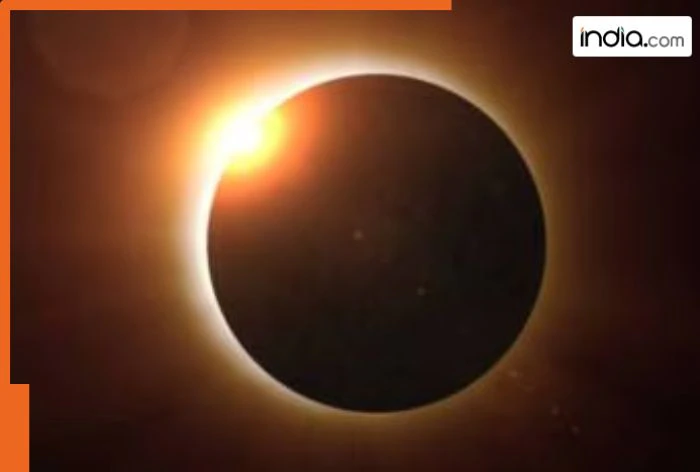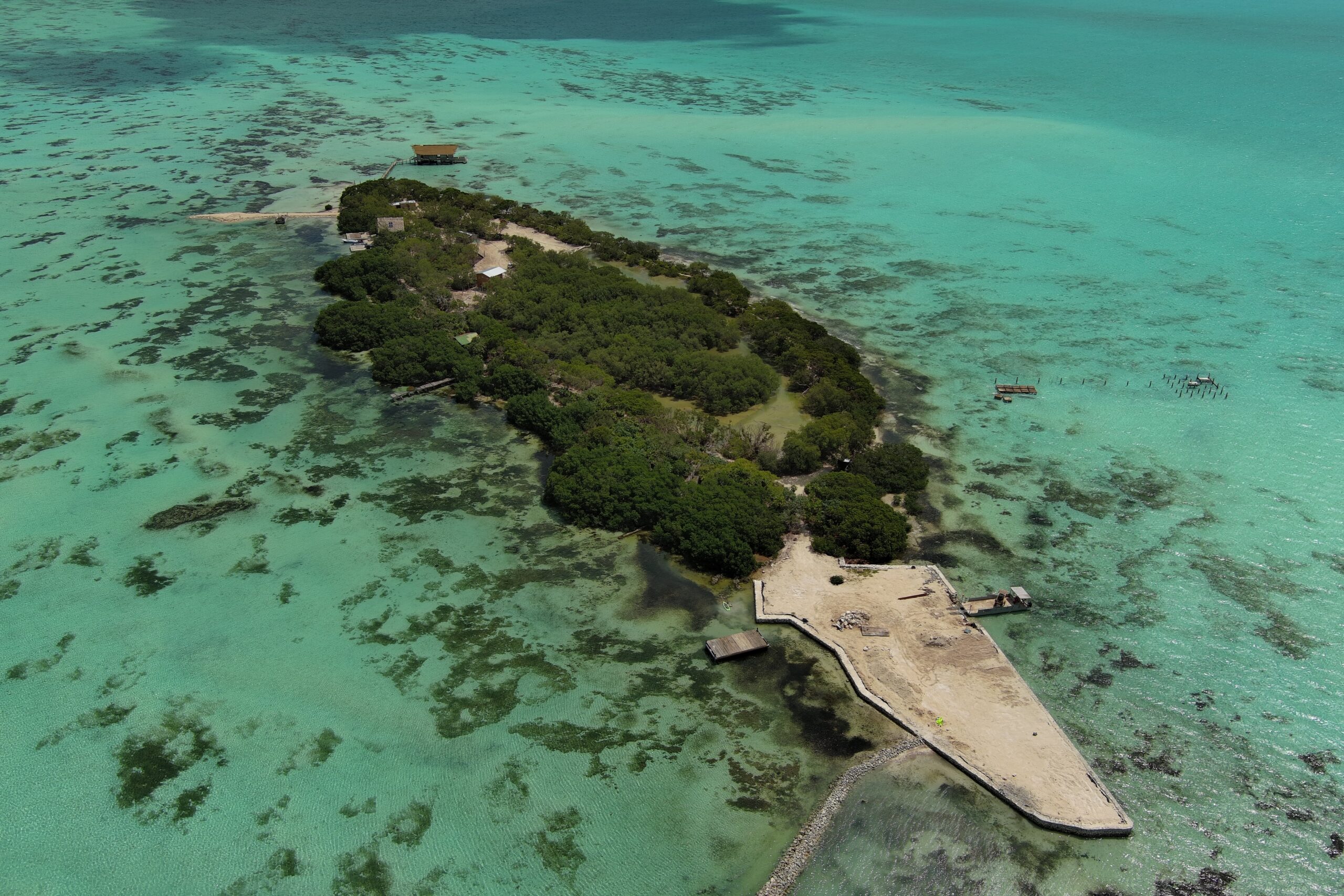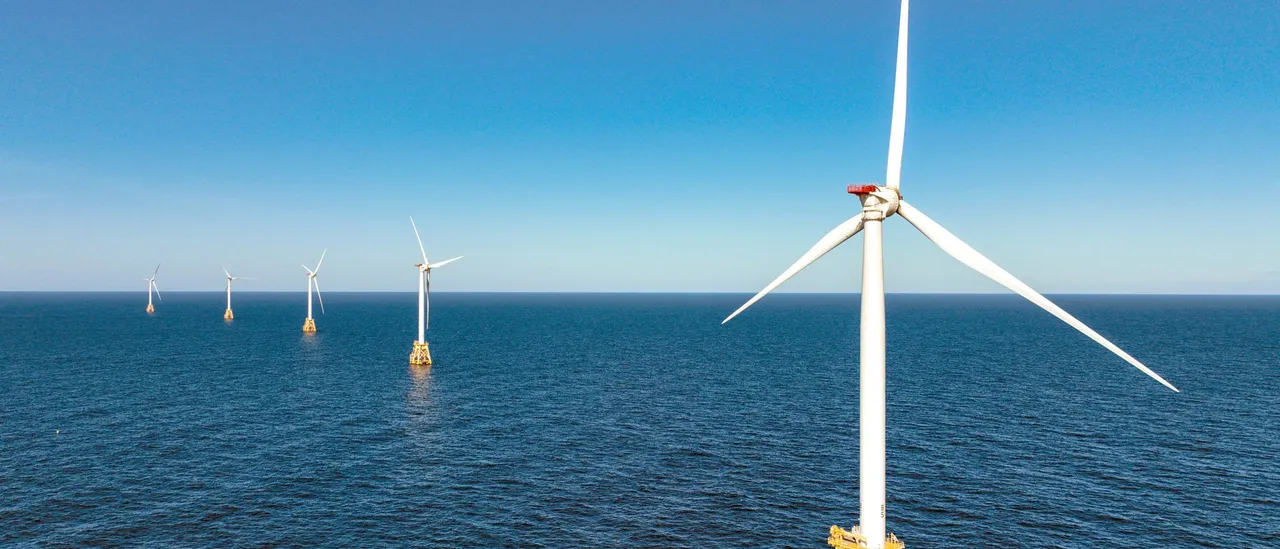Surya Grahan 2025: Solar Eclipse to occur on…, THESE places to witness.., will it be visible in India?
By Sumaila Zaman
Copyright india

There are countless mysteries puzzles and wonders in space to unravel. This upcoming week all skygazers will observe a final solar eclipse of the year. It will occur on September 21. What makes this even more remarkable is that it will take place at any time just before the equinox a time when day and night at every place on the surface of Earth will be in close to equal lengths of time. Though the celestial event will not be visible from India due to nighttime millions of those who will gaze on this beautiful event will see it in either precise alignment or near precise alignment creating a memorable moment for those who ponder the wonders of the cosmos.
When will the 2025 Surya Grahan occur?
A final solar eclipse of the year will occur on September 21.
According to EarthSky.org the solar eclipse next week will be a long event lasting many hours and will be a great experience for those who can see it. Here are the key times (in UTC and IST).
Partial Eclipse Begins: 17:29 UTC (10:59 pm IST September 21)
Maximum Eclipse: 19:41 UTC (1:11 am IST September 22)
Partial Eclipse Ends: 21:53 UTC (3:23 am IST September 22)
This means that stargazers in India will not be able to see the eclipse live. It will happen overnight and remain outside the country’s visible range. Notably however astronomy enthusiasts can still watch the event through live streams and online on social media platforms.
What is solar eclipse?
On September 21 during the solar eclipse the Moon will cover part of the Sun creating a beautiful image but it won’t cause the complete darkness of a total eclipse. The eclipse will be visible most widely in the Southern Hemisphere with the best views occurring in New Zealand and parts of eastern Australia as well as parts of Antarctica. In these areas the Moon will cover up to 72% of the Sun creating a beautiful crescent glowing in the sky.
A solar eclipse is an amazing astronomical event that occurs when the new moon passes between the Earth and the Sun casting a shadow over part of the surface of the Earth. The next eclipse is occurring in the last days of September when day and night are almost equal.
This solar eclipse will not be visible from within India or the Northern Hemisphere. Countries such as India Pakistan Sri Lanka Nepal and Afghanistan will be unable to see the eclipse. Similarly neither North America nor South America will see the partial solar eclipse. The best views will take place in the Southern Hemisphere specifically over the ocean and smaller island countries where it will be the most visible.
The solar eclipse will be visible from New Zealand eastern Australia parts of the South Pacific Islands and certain areas of Antarctica. While this eclipse will not be visible from India viewers in India may watch the eclipse via a live stream or broadcast services affiliated with astronomy.
This years solar eclipse will be seen best from the Southern Hemisphere over oceanic nations remote islands and parts of Antarctica.
What are the key timings of the eclipse in NZ Australia and the Pacific Islands?
Australia and New Zealand: In Australia the eclipse will be visible at local times from 06:13 until 07:36 while in New Zealand viewers can see it between 05:41 and 08:36 NZST.
Pacific Islands & Oceania: The eclipse will also be visible in American Samoa Samoa Niue Tokelau Tonga Tuvalu Wallis and Futuna and the Cook Islands in the morning hours at times ranging from 06:29 SST to 10:04 TAHT.
French Polynesia & Kiribati: Within French Polynesia the event will last from 07:41 TAHT to 10:04 TAHT while in Kiribati it will begin at 06:38 PHOT to 08:56 LINT.
Other Islands: Countries such as Fiji Vanuatu Norfolk Island New Caledonia and the Solomon Islands will only experience shorter durations of the event about one to two hours again depending on location.
Antarctica: Interestingly Antarctica will have the longest stretch of the event from 04:49 DDUT to 18:53 CLST – a rare opportunity for observers and researchers on-site to observe the eclipse from a natural environment.



